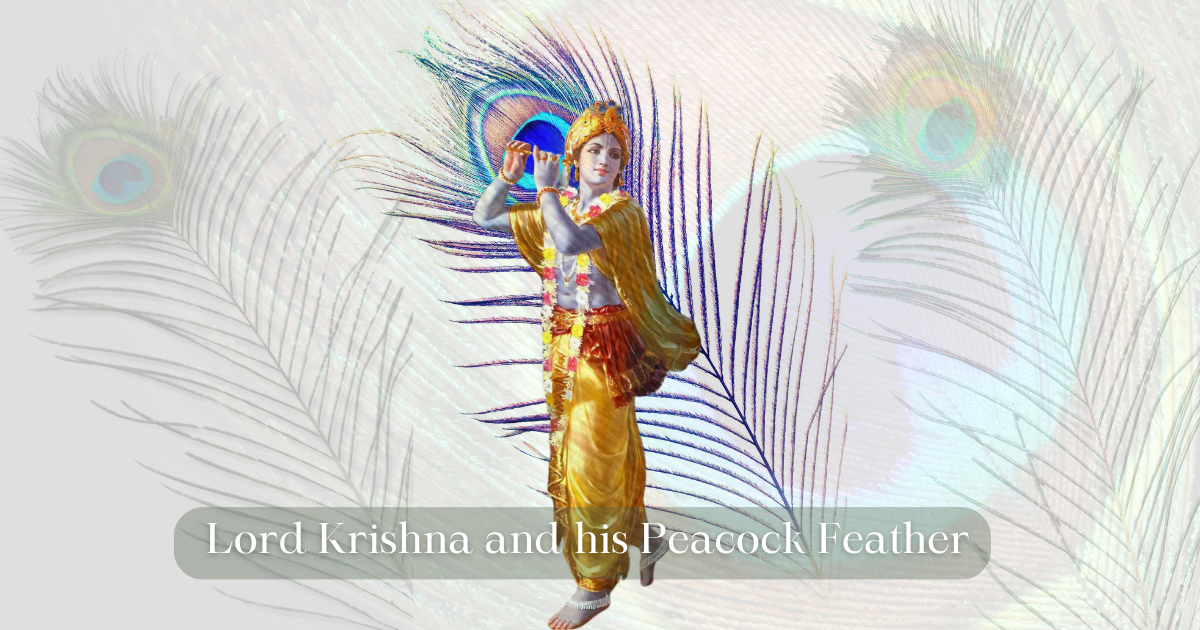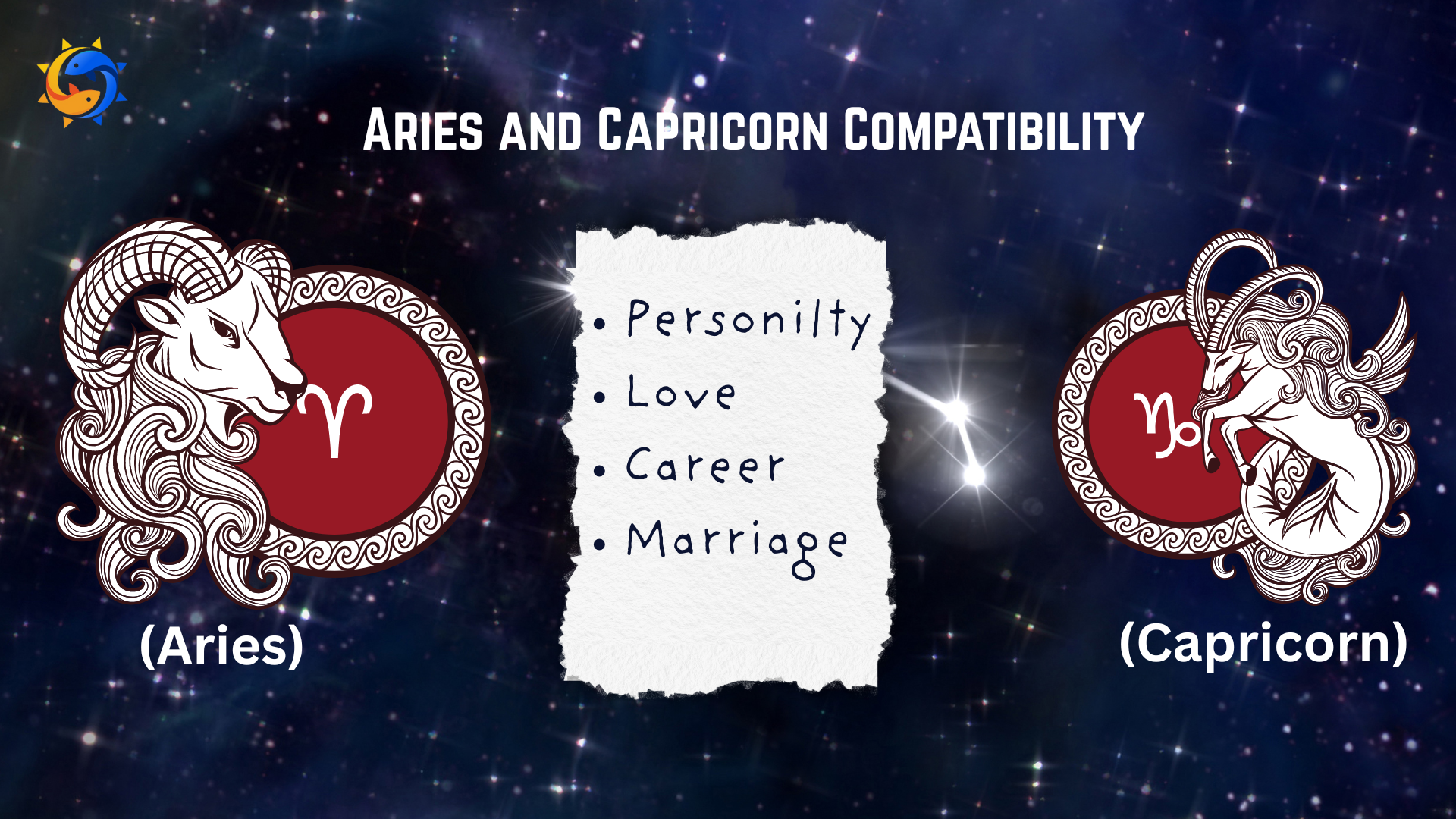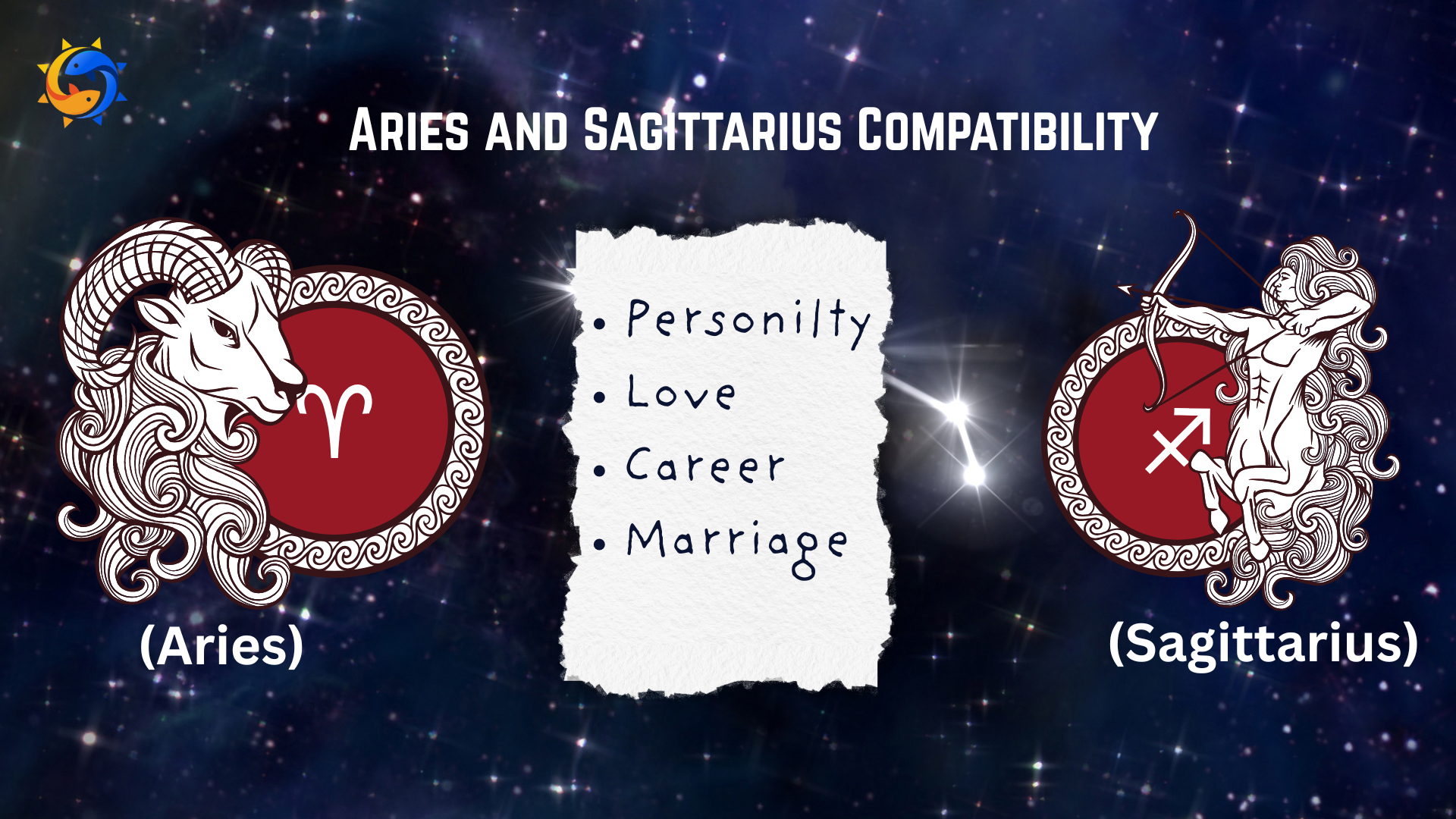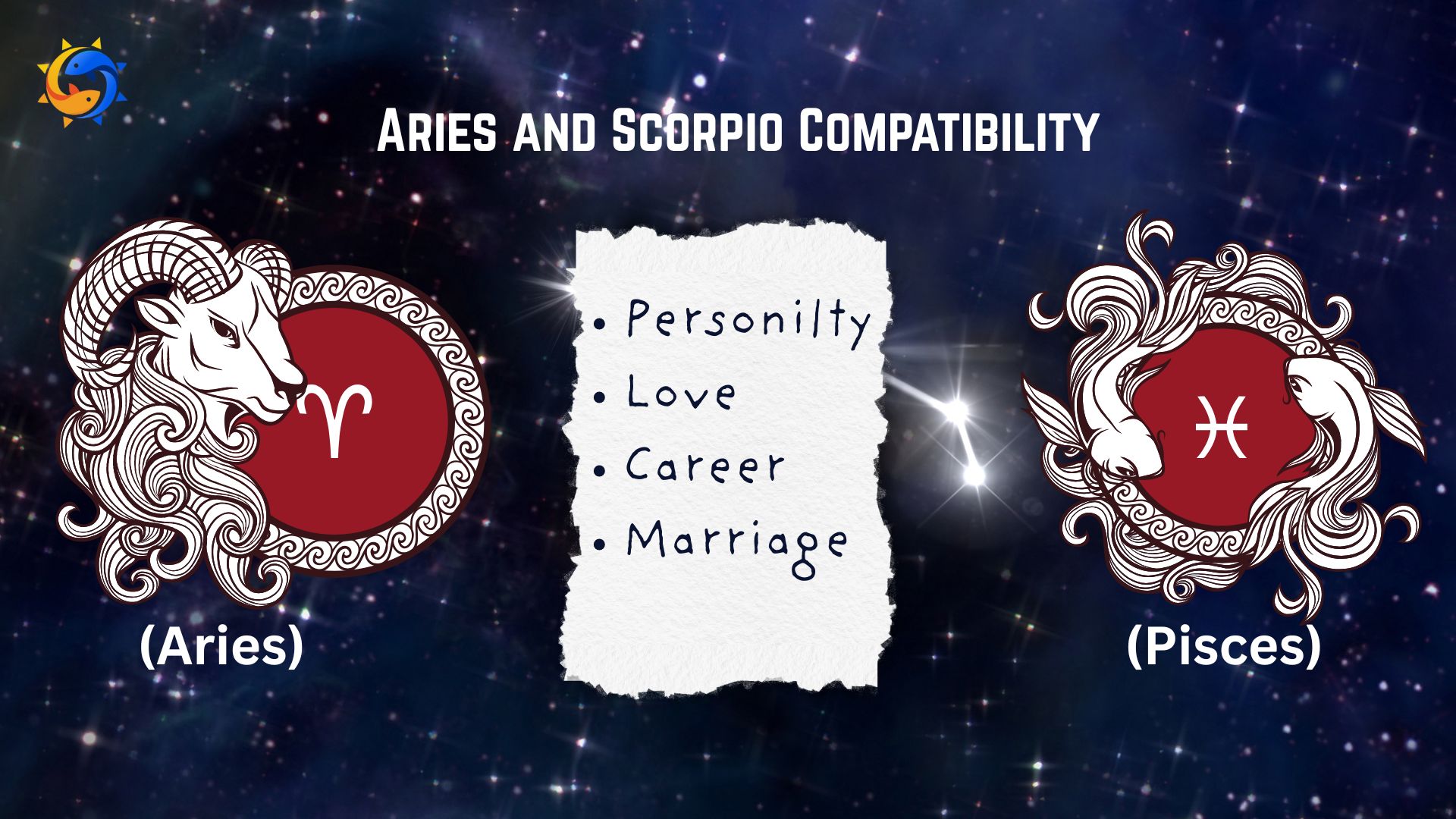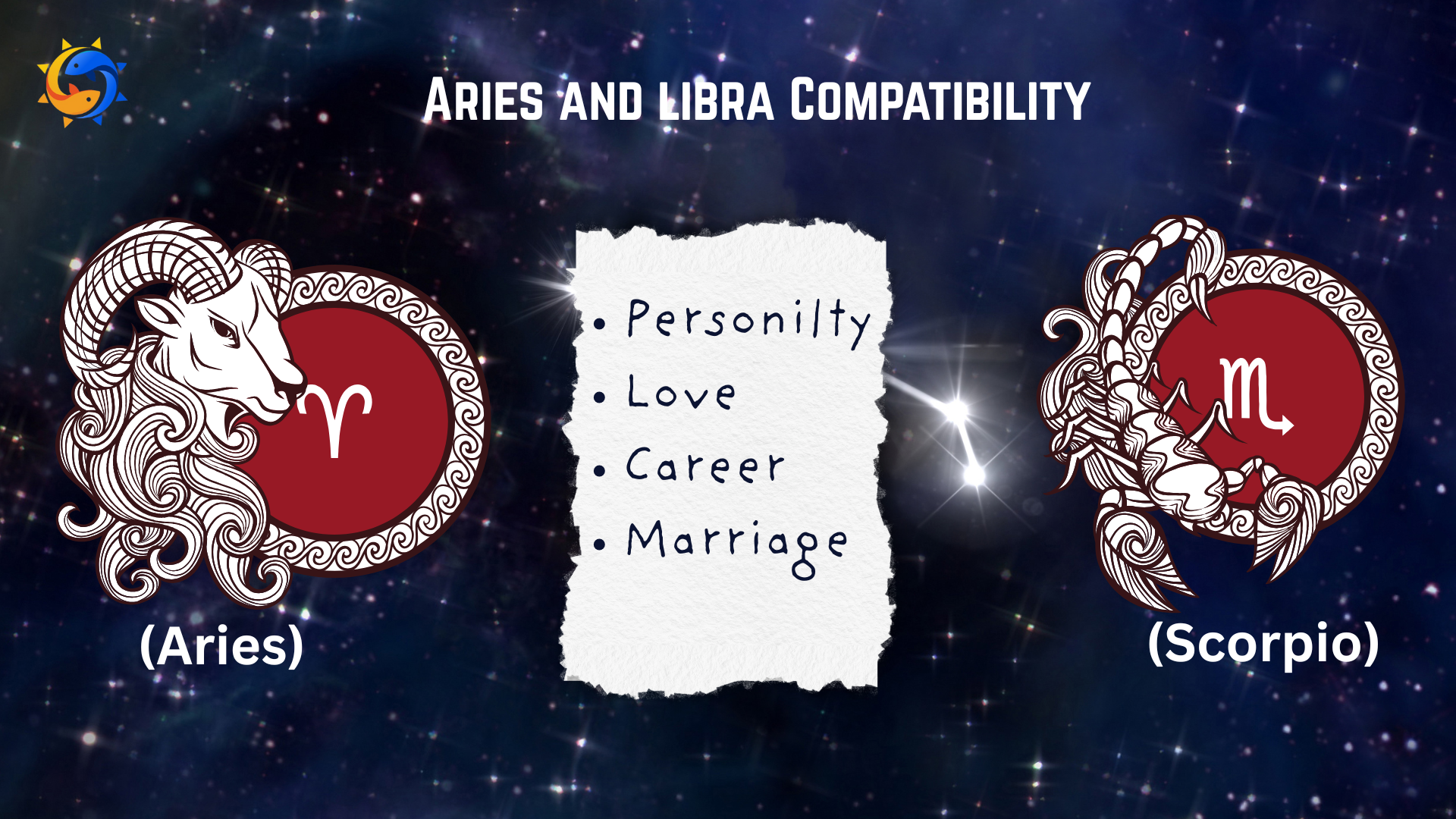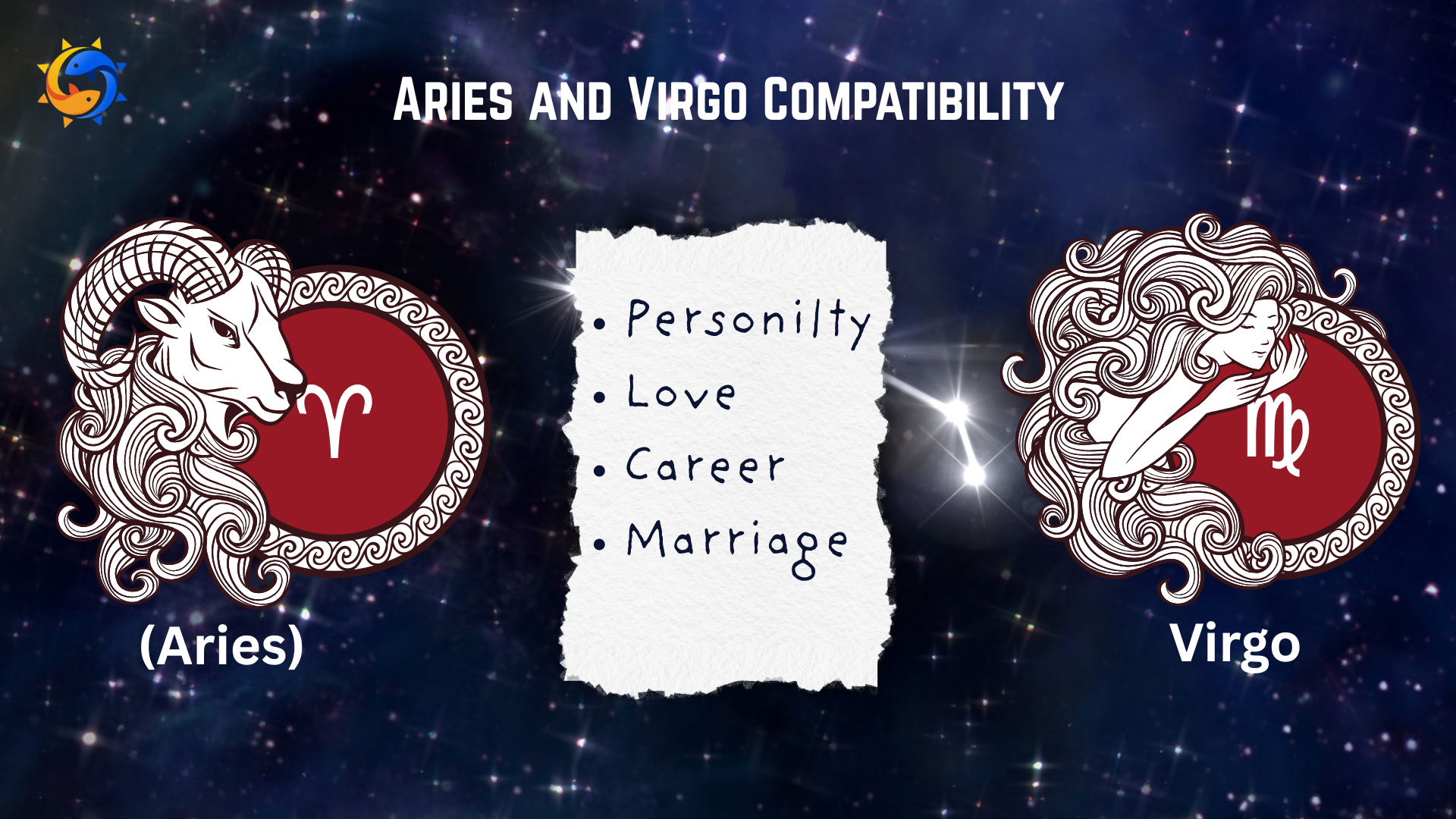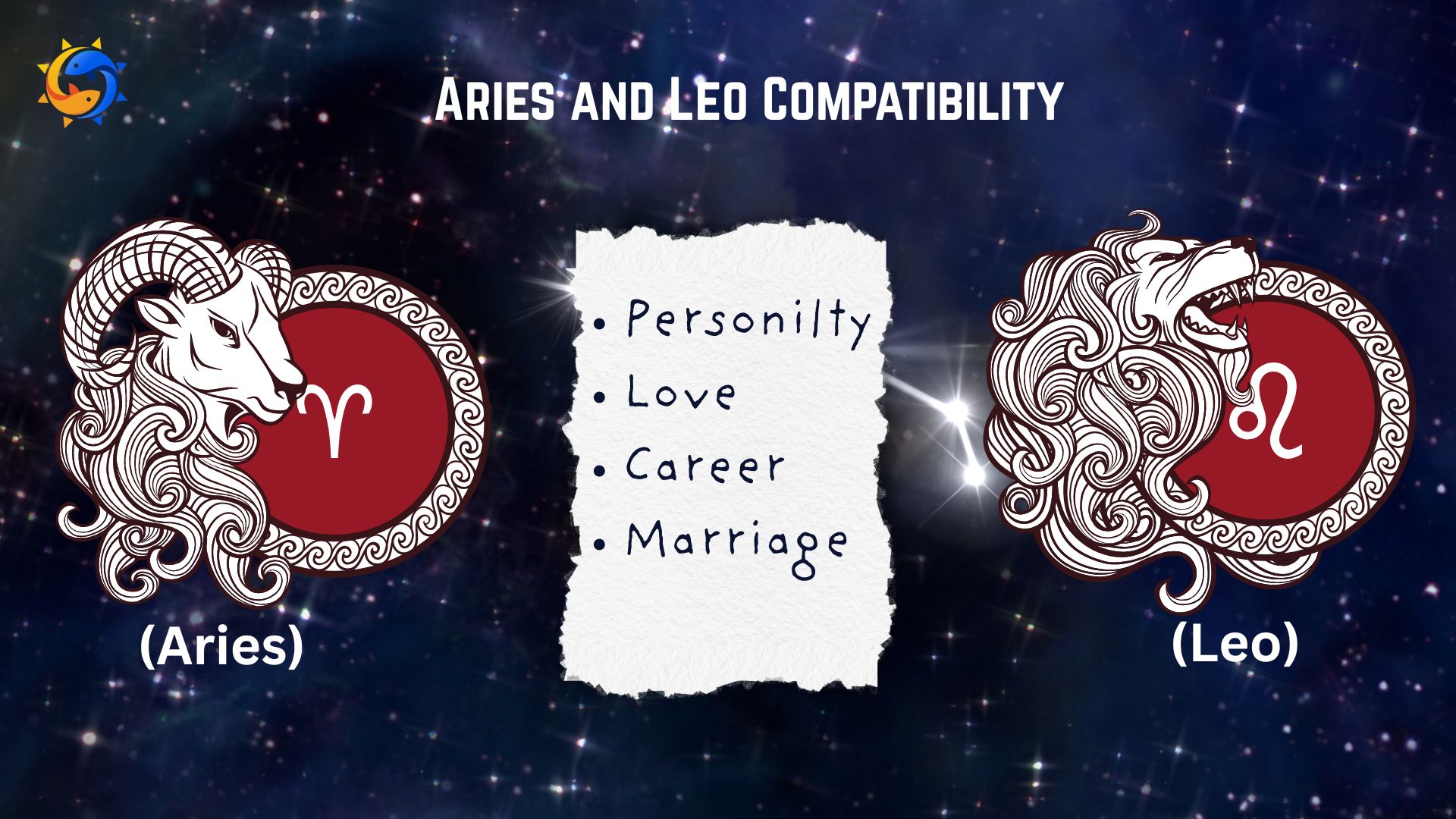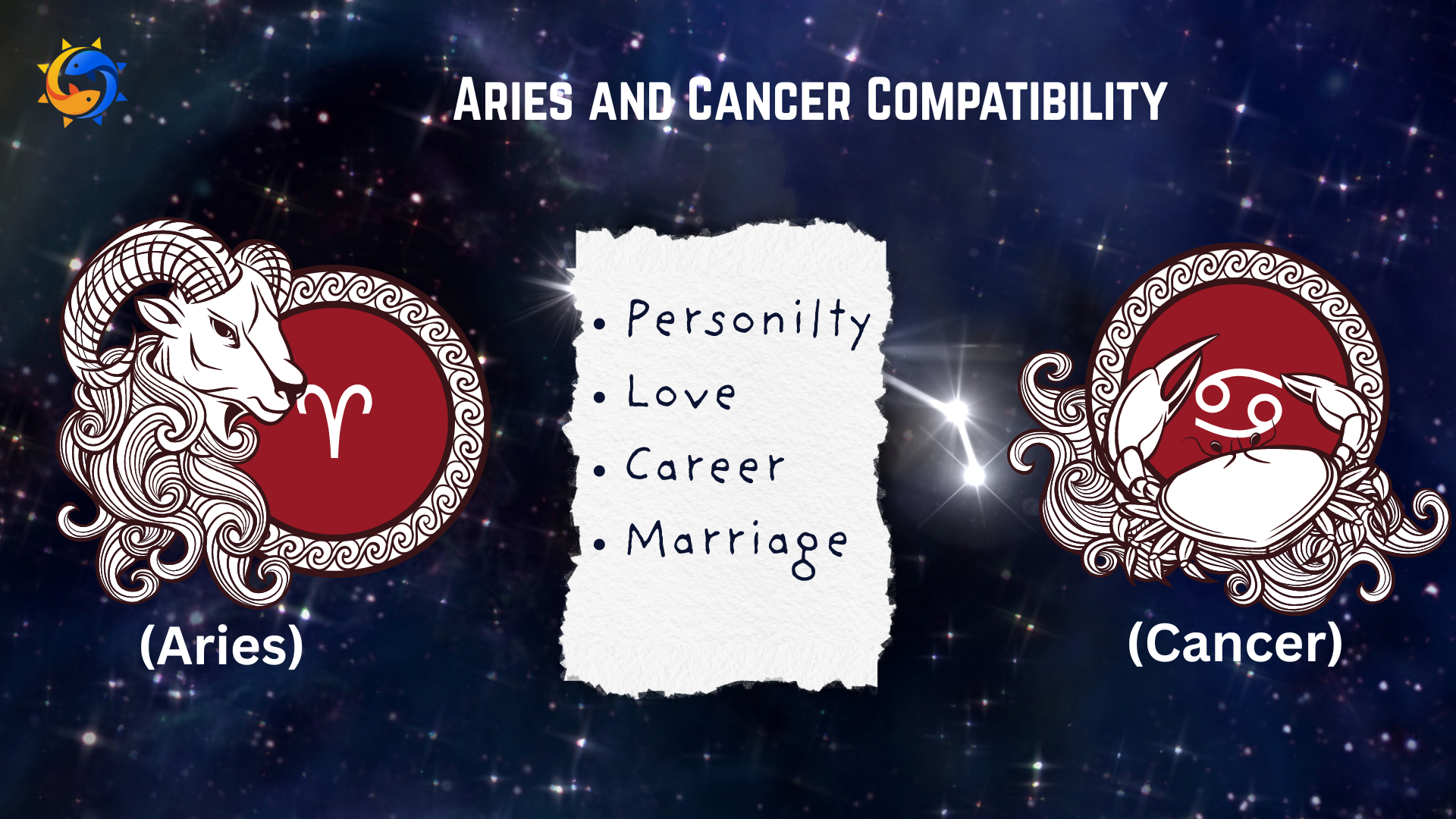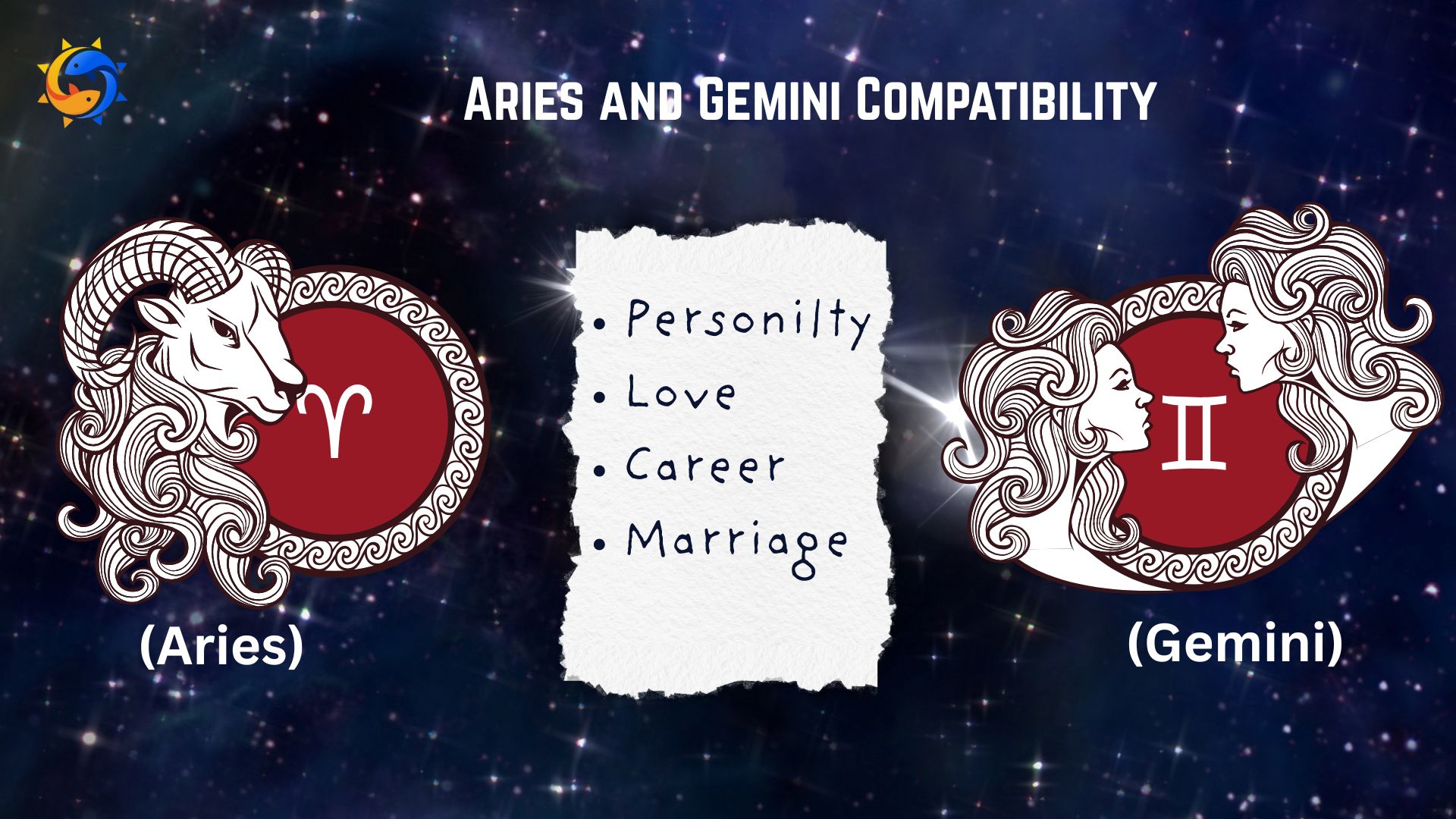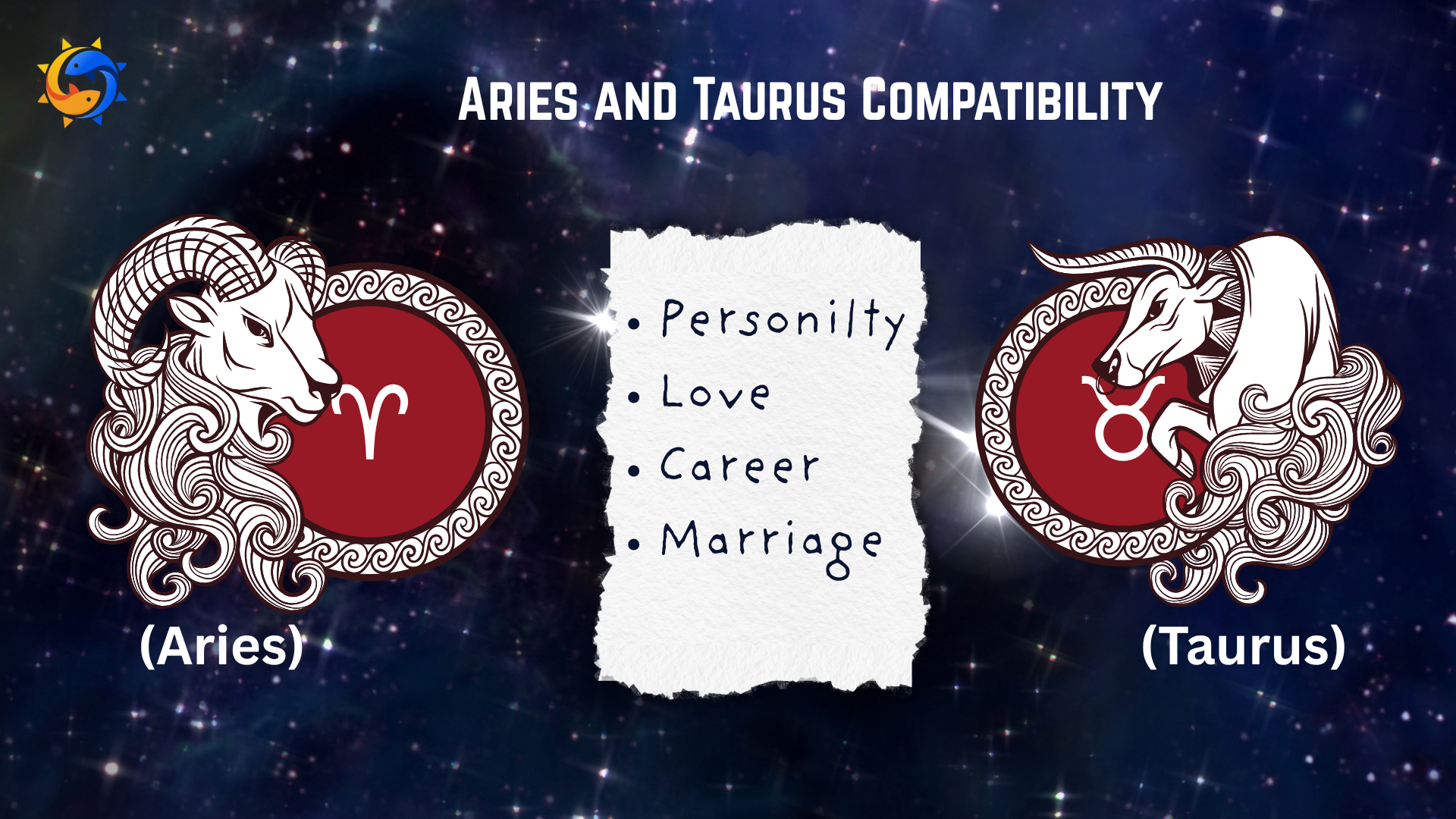We all know that Krishna Janmashtami is not that far away. The birth of Shri Krishna is celebrated as one of the most auspicious days, not only in India but also in many other countries across the globe. When we talk about Krishna, we always get a picture with a beautiful yet mischievous kid eating Makhan, playing his flute, and most importantly, wearing a beautiful peacock feather on his head.
Lord Krishna is one of the most charismatic and beloved deities in the Hindu mythology. He is frequently portrayed as a cheeky and humorous kid who steals the hearts of his believers with his beautiful charm and knowledge. The peacock feather and flute, especially, stand out as a timeless symbol among the many other different qualities that decorate Lord Krishna's avatar. This article delves into the fascinating story and other reasons of why does Krishna wear peacock feather, and also the other spiritual significance it holds.
Why does Krishna wear a peacock feather?
Did you know that apart from the mythological beliefs behind the reason for wearing a peacock feather on Krishna's crown, there is an actual story hidden behind it? First, let us know the story that explains the reason behind the peacock feather crown, and then we will dive into its other significance.
THE STORY:
One fine morning, Krishna woke up first while resting with his other cowherd friends in the woods of the holy place, Vrindavan. He decided to wake everyone else up and began playing his melodic flute to gather all the cows and other animals grazing nearby. When Krishna exhaled the breath from his lips into the flute, an appealing melody with a calm and soothing rhythm arose from its end. That sound attracted the peacocks in and around the Govardhan hills in Vrindavan. All of the peacocks' hearts began to sing with joy, which ultimately made the peacocks dance with joy!
As the peacocks danced, one of the peacock kings followed Lord Krishna's feet to seek his blessings. He made a sound, and Lord Krishna knew exactly what he meant. The peacock requested Lord Krishna to dance with them. Lord Krishna accepted their invitation and danced with them. The joy of the dancing peacocks grew when Lord Krishna danced with them. It was so intense that some peacocks even fainted. Other animals of the Govardhan Hills and Lord Krishna's cowherd friends could not take their gaze away from the beautiful scene of Lord Krishna dancing.
The peacocks danced till they were exhausted and out of breath, but Lord Krishna continued to dance for days. When he finally stopped dancing, there was a mesmerising peace in the surroundings of Vrindavan. The peacocks were overjoyed and very grateful. "You have created a festival of bliss for which we remain eternally indebted to you," said the king of the peacocks to Lord Krishna, and with great compassion, he lowered his head, and murmured more. "It is our pleasure to present you 'Gurudakshina' as a token of our appreciation. Please accept the only thing we have to offer, our feathers, and wear them on your crown as a jewellery".
The king of peacocks shed many magnificent feathers with great delight. Shri Krishna gracefully accepted the peacocks' offering, Krishna pick up and gathered the feathers, and, much to everyone's joy, put a couple of them on his turban. And therefore, from that day onwards, Lord Krishna decided to wear peacock feathers on his head always!
Mythological Significance of Shri Krishna Peacock Feather:
- Krishna's feather is a symbol of Purity:
Lord Krishna had eight Ashtabharya wives as well as 16,000 junior women with whom he had no intimate relationship. Krishna is an Askalitha Brahmacharya, or an eternal monk. Despite his several marriages, he solely wanted the welfare of the world rather than any physical pleasures. As a result, Krishna is considered to be completely pure and free of any physical craving.
Peacocks are considered as a sign of purity in India. Peacocks do not participate in sex for reproduction, according to myth (although this is not true). Instead, the peahen allegedly conceives an offspring after drinking the peacock's tears. As a result, Krishna is as pure as a peacock, which is the meaning of the feather in this narrative.
- It represents all the colours of Nature:
According to some beliefs, a peacock feather contains all seven hues of the rainbow. It has a blue colour during the day and appears black at night. The ether that surrounds us also appears blue during the day and black at night. Krishna, also known as the dark-skinned one, appears in both blue and black. As a result, Krishna wears a peacock feather, which includes every combination of human hues. It also shows that we are all a part of the Supreme Deity. Krishna is God, hence he has no form. To humans, he appears blue during the day and black at night, therefore, resembling a peacock feather.
- Symbol of Happiness and Good Fortune:
Krishna's peacock feather crown is considered as a favourable omen. Furthermore, the strong and vibrant combination of green, golden, blue, red, and other colours releases a holy energy and a sense of purity. Lord Krishna, like the Morpankh, is well-known for his colourful and vibrant nature. As a result, it is considered that the Krishna peacock feather is a major representation of his personality and wealth, delivered into our lives by Lord Krishna.
- Symbol of Radha's eternal love:
As we all know, Radha and Krishna had a love affair, and according to some mythological stories, Radha ji gave her a peacock feather as a souvenir to remember her. Also, despite the fact that they never got married, their love became a symbol of forever for all of us. Some people believe that because a morpankh has the word "Radha" engraved on it, it becomes a sign of their eternal love.
Radha ji is also said to have had a soft spot for animals. So there were various animals, including peacocks, where she lived. When she used to dance to Krishna's music or miss him, all the animals joined in. She was dancing one day when she saw a peacock feather on the floor. She picked it up and began dancing with it, and therefore, she presented the peacock feather to Lord Krishna's idol in her home. Since then, Lord Krishna has committed to wear it as a token of her presence. So, to show that she is not far away, she is constantly by him in his heart, and he always wears the peacock feather as a resonance of his eternal love.
- The peacock feather and flute signify Resolution:
Balram, Krishna's half-brother, is considered to be a reincarnation of Sheshnaag. Furthermore, snakes and peacocks are two of the most well-known enemies. So, Lord Krishna strikes a balance between his friends and enemies by putting a peacock feather on his head. No one is more important to him. Everyone is close to Lord Krishna, whether he has anger or love for him. As a result, this combination also signifies the resolve of good and evil and teaches us a lot of things about life.
Therefore, to finally answer your question, "why does Krishna wear peacock feather"? As we all now know, according to hindu mythology, the peacock feather that adorns Lord Krishna's hair carries a lot of symbolic and spiritual importance. It depicts heavenly beauty, humility, and victory over ego and arrogance, as well as the unbreakable love link between Lord Krishna and his devotees. It reminds us of his heavenly kindness, protection, and auspiciousness on a daily basis. Lord Krishna continues to captivate the hearts of millions via the appeal of the peacock feather, directing them to the path of devotion and spiritual enlightenment in their respective lives.


